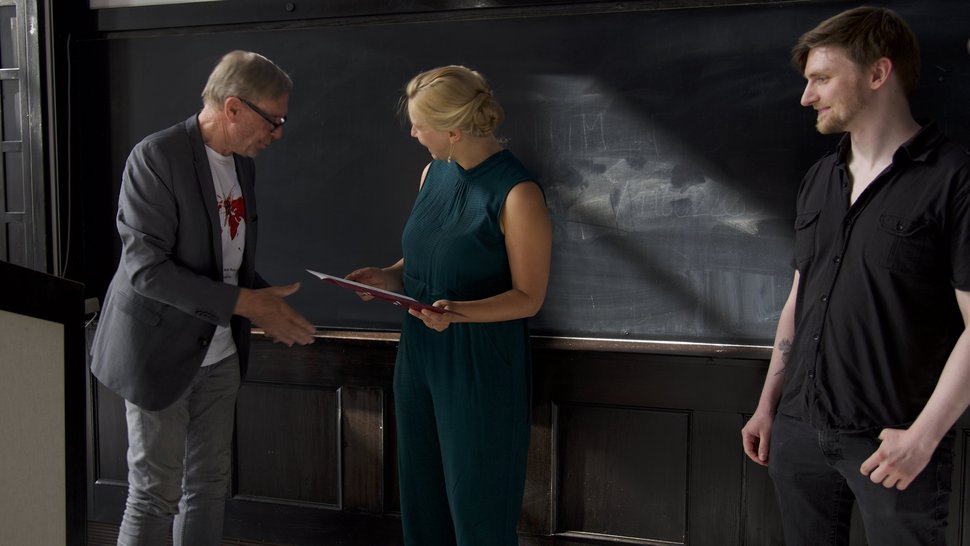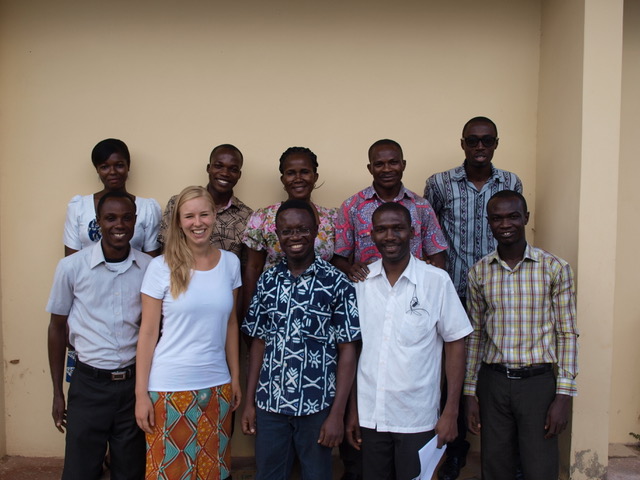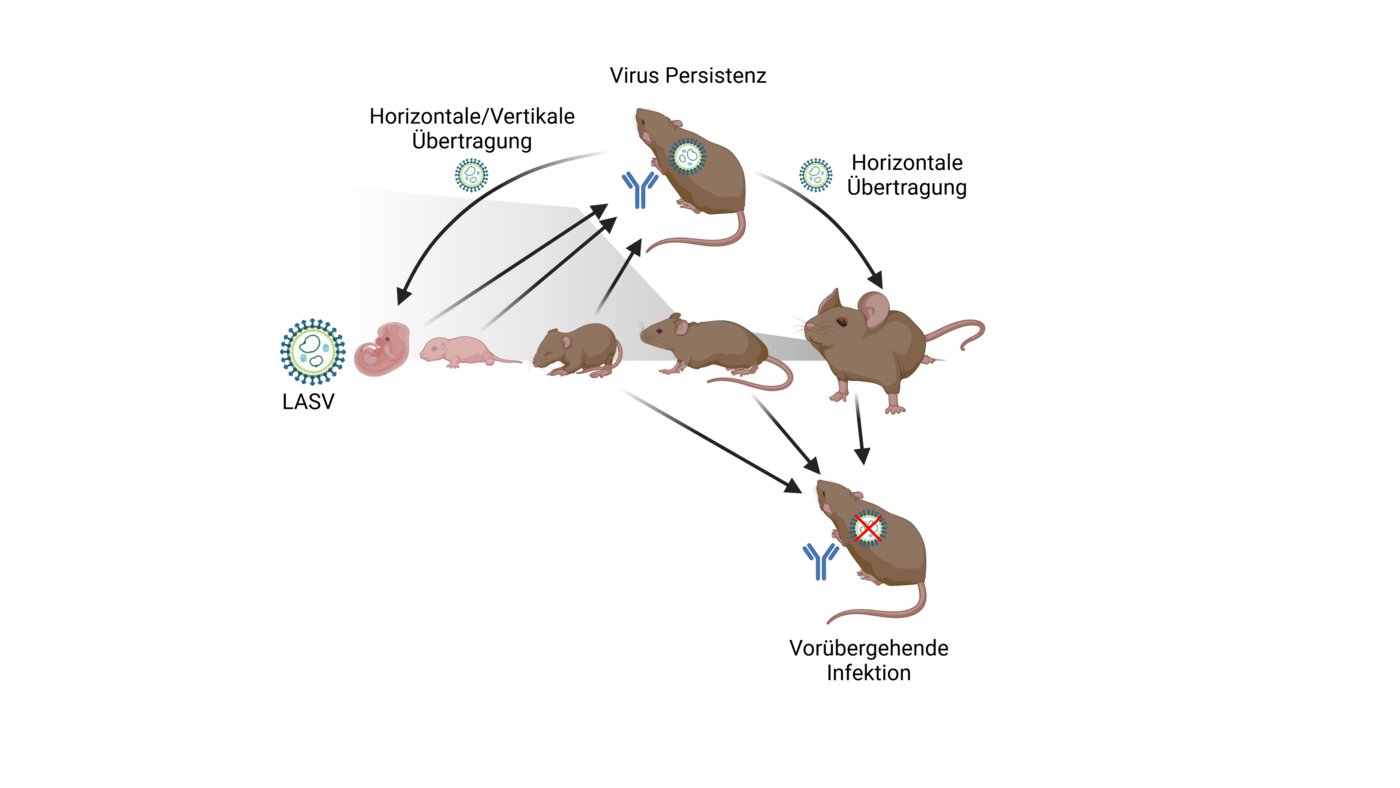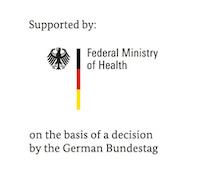Malaria, ringworm and its significance for anaemia | Lassa viruses in rodents: not only infectious but also hereditary
Dr Wiebke Herr and Dr Chris Hoffmann receive doctoral awards from the BNITM Sponsors' Association
This year's doctoral prizes of the Association of Friends of the Tropical Institute Hamburg e.V. (VdF) go to Dr Wiebke Herr (Medicine) and Dr Chris Hoffmann (Natural Sciences). They are endowed with 1,000 euros each and honour particularly outstanding dissertations at the Bernhard Nocht Institute for Tropical Medicine.

What are the consequences of contracting ringworm for a person who is already infected with the most dangerous malaria pathogen, Plasmodium falciparum? Does it possibly increase complications such as anaemia? These questions have been controversially discussed in malaria endemic areas for quite some time. Dr Wiebke Herr from the Department Infectious Disease Epidemiology investigated them in her dissertation "Significance of co-infections with malaria and parvovirus B19 (B19V) for fever, anaemia and hospitalisation in a paediatric population in Ghana".
Between 2013 and 2015, more than 1,000 feverish children who were hospitalised at the Presbyterian Hospital in Agogo, Ghana, were examined. Dr Herr herself spent an eight-month research stay there. She and her team tested blood samples for anaemia, malaria and parvovirus infections (antibodies and PCR diagnostics). They then compared the frequency of anaemia between children with and without B19V infection in relation to co-infection with P. falciparum.
Wiebke Herr and her Ghanaian colleagues were able to show that infections with parvovirus B19 and the malaria parasite are independently associated with mild to moderate anaemia. Co-infection, on the other hand, was not associated with an increased risk of anaemia or a more severe course of the disease. In addition, diagnostic challenges for local medical staff became apparent: Test methods for viral infection that have been tried and tested in the Global North yielded contradictory results in malaria endemic areas.

Dr Chris Hoffmann from the Leibniz Junior Research Group Lassa Immunology has presented the most comprehensive study to date describing the viral dynamics of various African arenaviruses in Natal mastomys mice: his dissertation "The Immunology and Virology of Lassa Virus in its Natural Host, Mastomys natalensis". This is because in order to predict the potential further spread of the virus in hitherto non-endemic areas, it is important to understand how it behaves, replicates and transmits in its natural reservoir.

To this end, Chris Hoffmann conducted a series of infection and transmission experiments. He was able to show that Lassa viruses isolated from Natal mastomys mice can cause lifelong infections in them. The age of the animals plays a decisive role: newborns are most susceptible to infection. They are most likely to develop this virus persistence.

Furthermore, Hoffmann and his colleagues were able to prove that transmission can also take place in the uterus from mother to young.
In contrast, other arenaviruses isolated from other rodents not belonging to the genus Mastomys cause only transient infections in Mastomys natalensis. This suggests possible barriers between host species that make spillover infections between different species difficult.
Contact person
Julia Rauner
Public Relations
Phone : +49 40 285380-264
Email : presse@bnitm.de
Further information







